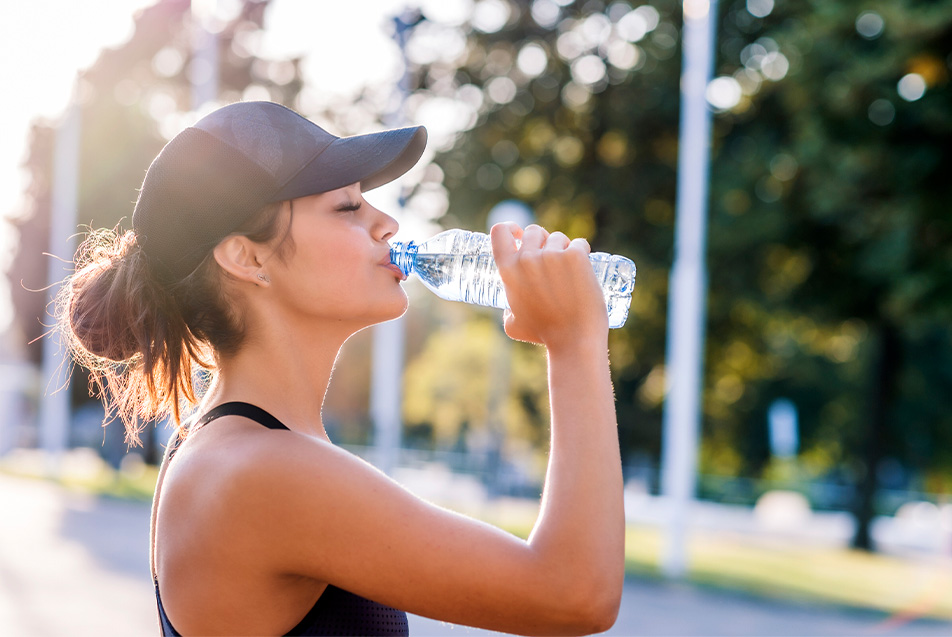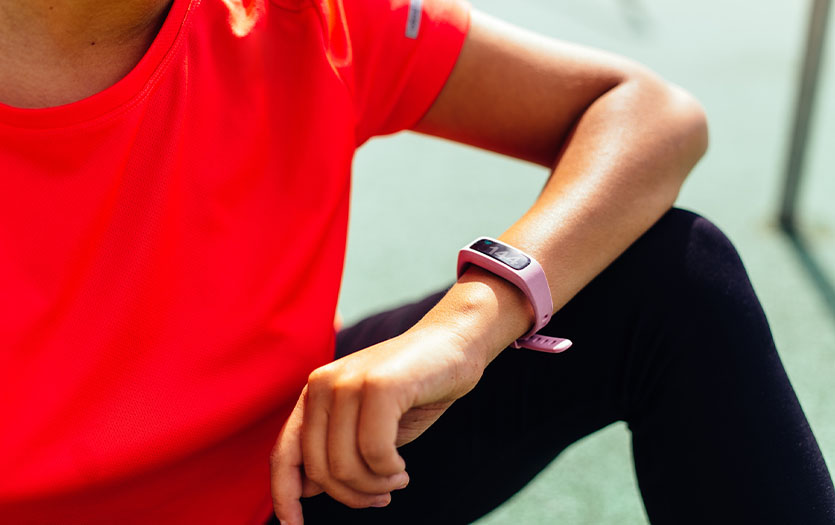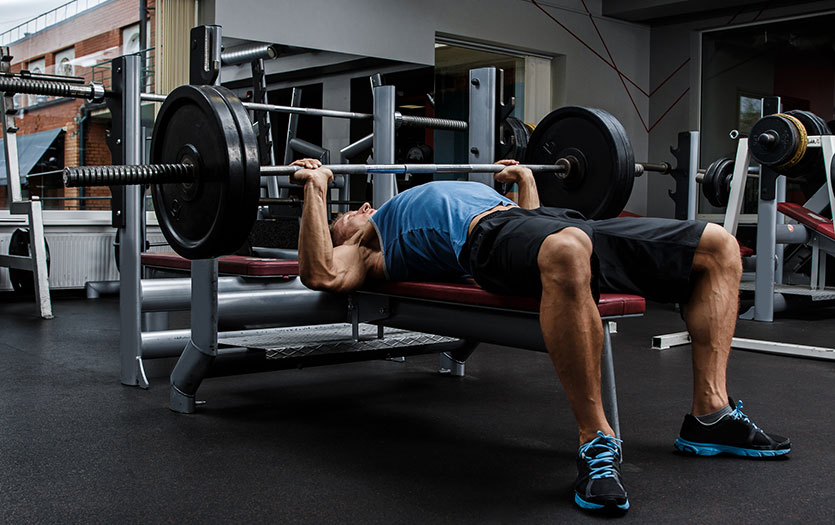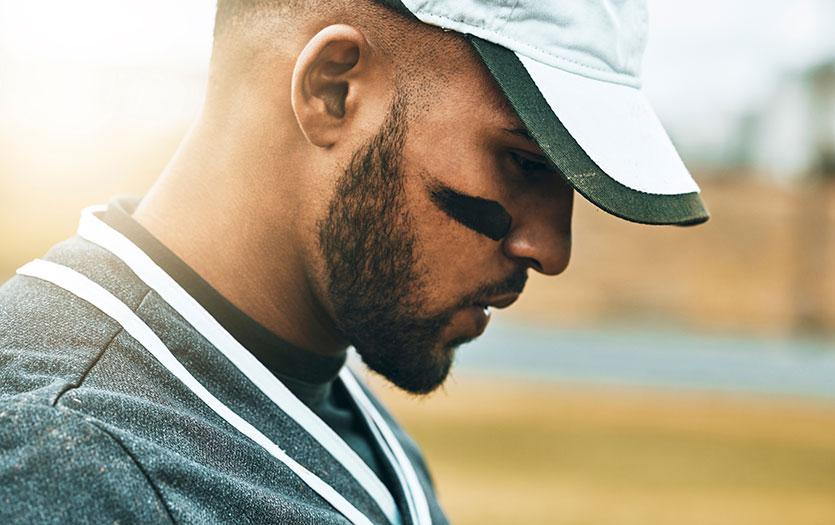
This post was written by Sami Kauffman, MA, RD, CD, sports dietitian, Parkview Sports Medicine.
In a typical year, the Midwest sees some of its hottest temperatures as athletes return to the practice fields for their fall sports seasons. This activity puts players at greater risk for heat stroke and cramping if unprepared from a nutritional standpoint.
How heat affects the body
Intense activity in the heat puts greater demands on the body than in cold temperatures. Athletes need additional fluids and electrolytes to maintain hydration levels. If you fail to adjust your hydration plan accordingly, your body can overheat, resulting in heat stroke or dehydration, as well as muscle cramps. If left untreated, heat stroke can result in serious complications. The longer an athlete goes untreated, the worse the damage to their brain, kidneys, heart and muscles. Symptoms of heat stroke include cramping, elevated body temperature, confusion, decrease in sweat production, nausea or vomiting, flushed skin, rapid breathing, elevated heart rate and headache.
Fluids and electrolytes
Consuming fluids and electrolytes can help minimize the risk of complications when performing an intense activity in the heat for an extended period. When our bodies, and our cells, are hydrated, they contract and release properly and perform at their highest levels. If we become dehydrated, our body cannot maintain body temperature by sweating, our brain cannot function correctly, and muscles may contract or have difficulty relaxing, resulting in muscle cramps. Muscle cramps can result from a variety of things with dehydration or lack of adequate electrolytes being one of those possible causes.
Hydration and electrolyte needs are highly individual, as every athlete loses fluids and electrolytes at different rates through sweat. According to the Institute of Medicine, sedentary individuals need roughly 91 ounces of fluid for women and 125 ounces of fluid for men daily. How much fluid an athlete needs, in addition to the daily recommendations, is dependent on their body composition, training and age. A general rule of thumb is that if a practice or workout lasts more than an hour, an athlete needs at least 16 ounces of fluid during the activity.
Athletes may need any of the following beverage types: water, water plus electrolytes, or water plus electrolytes and carbohydrates. Drinks should be non-carbonated and contain minimal carbohydrates. Try looking for low-calorie options of your favorite sports drinks rather than the regular versions. Low-calorie sports drinks contain electrolytes, which allow athletes to retain more fluid and keep cells hydrated.
Muscle cramping
When it comes to cramping, the relationship between electrolytes and muscle cramps is inconclusive as far as whether a lack of electrolytes causes cramps. However, electrolytes do assist in the maintenance of hydration and play a role in muscle contraction and relaxation. Athletes lose electrolytes in their sweat in differing amounts, so if they’re consistently working out in hot conditions for more than 60 minutes, they should consume more sodium to compensate for any losses and to manage total fluid status. You can avoid pre-mature muscle fatigue and dehydration by doing the following:
- Scale down your workouts in hot and humid conditions. Don’t force the pace. Your heart rate will naturally be higher as the temperature rises.
- Stay loose by developing good recovery habits, which could include using a foam roller consistently, attending yoga classes or getting a massage.
- Avoid ramping up activity too quickly. If you have been exercising at a lower intensity all summer and go all out on your first practice, you’re setting yourself up for muscle fatigue and painful muscle cramps.
As many athletes have experienced, once you get a cramp, you cannot make it disappear right away. Therefore, prevention through adequate hydration and electrolyte intake, recovery and gradual increases in activity are crucial. Most cramps are eventually relieved through light stretching, massage and hydration.



